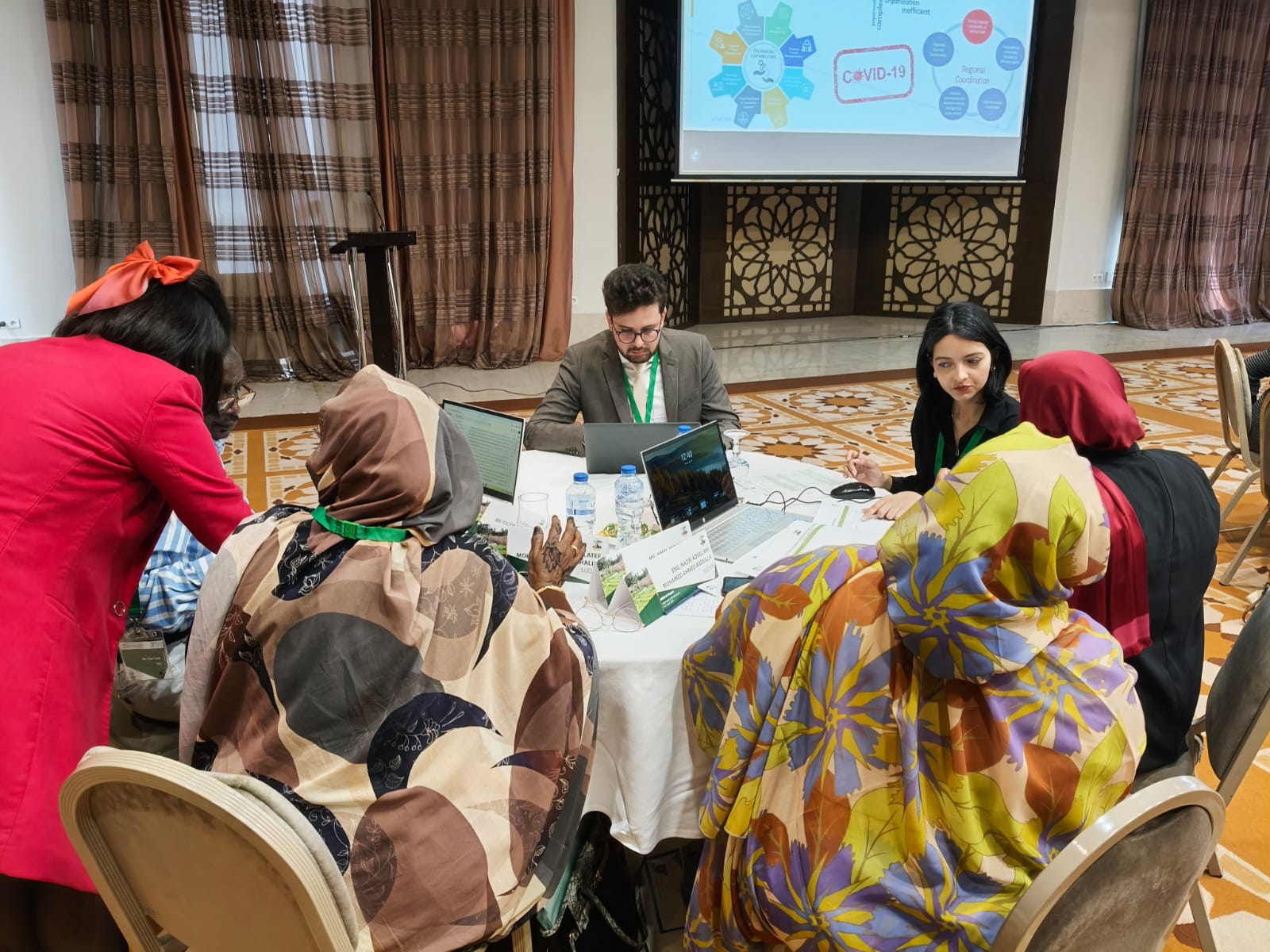
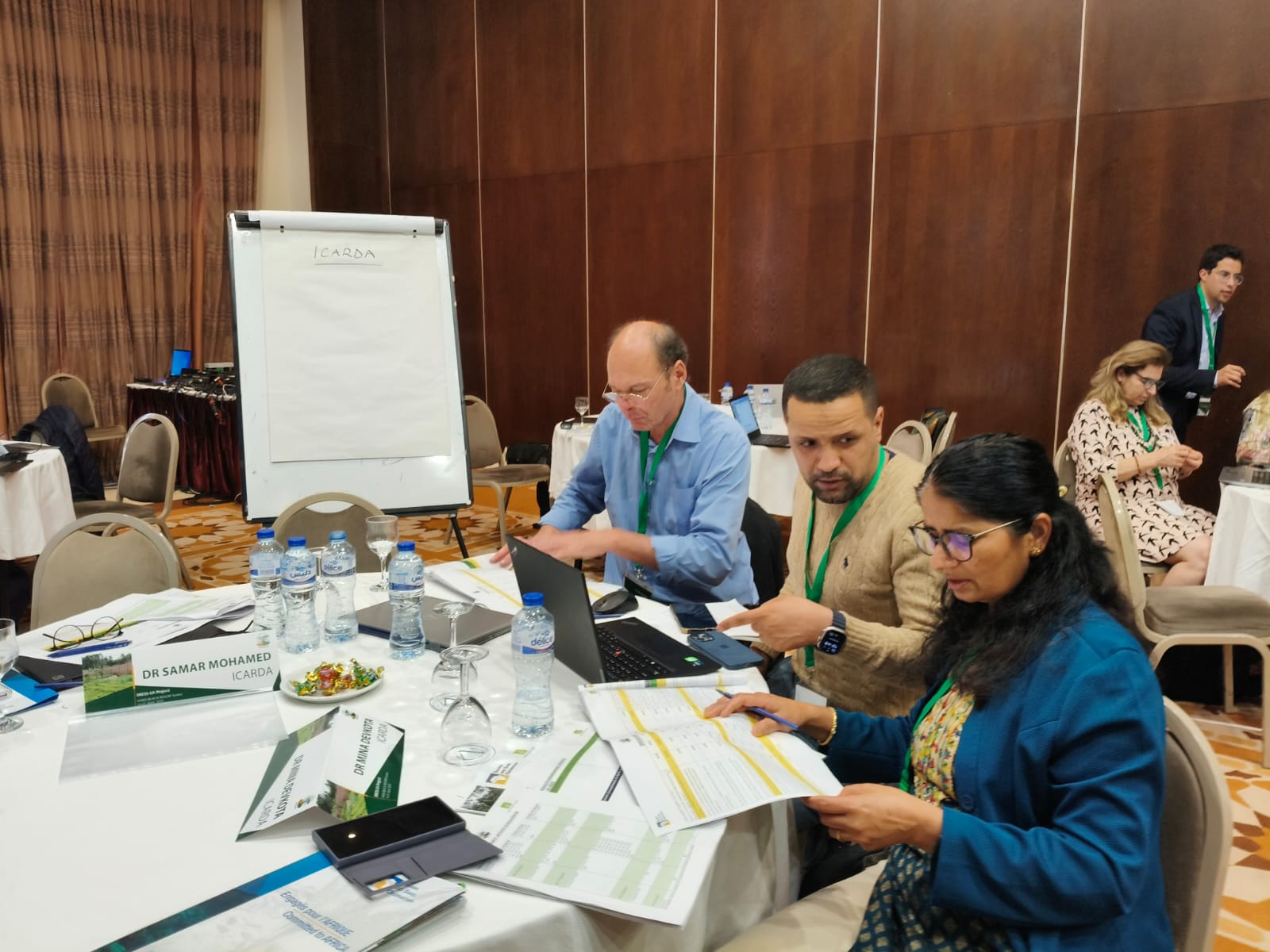
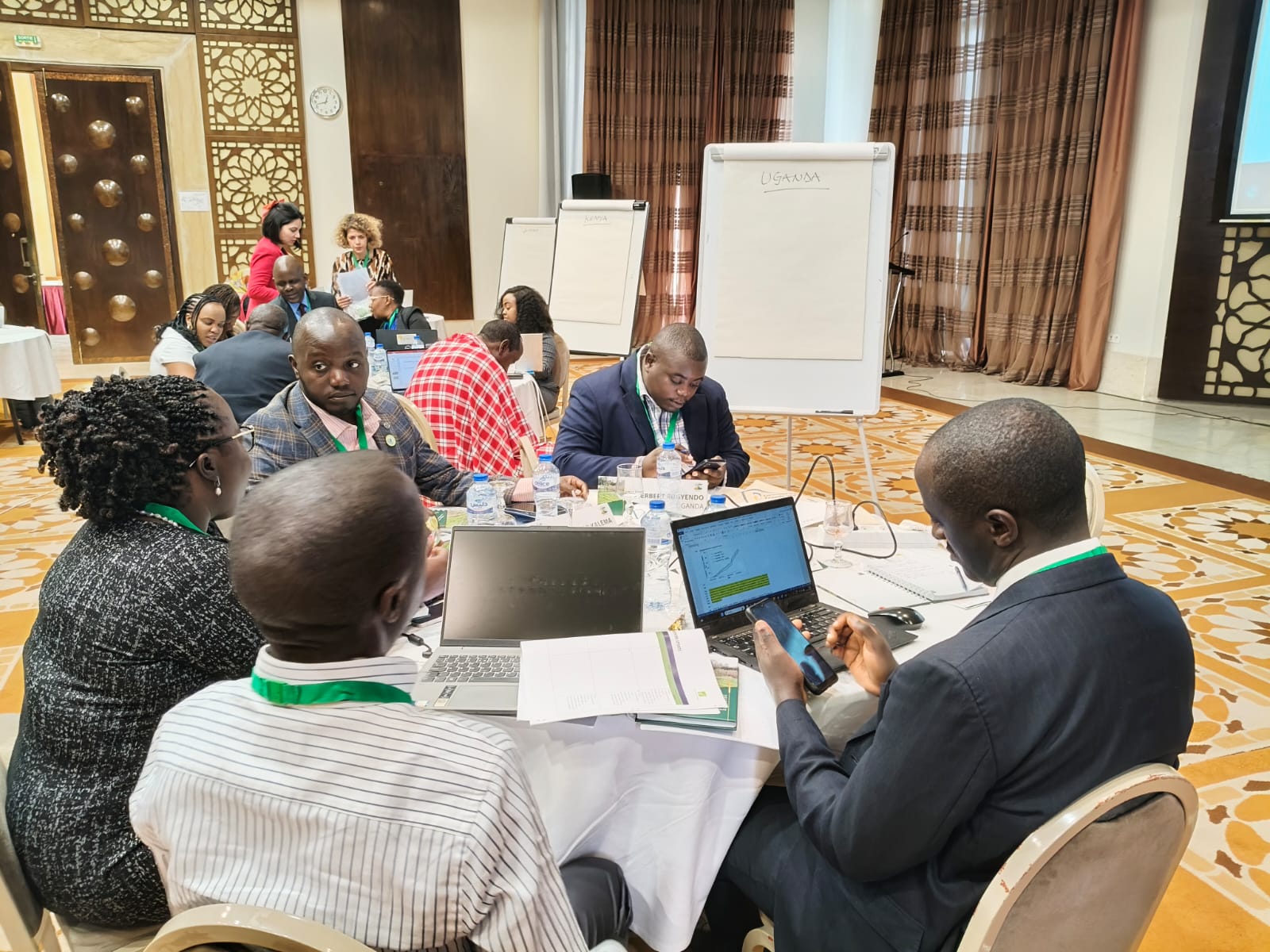
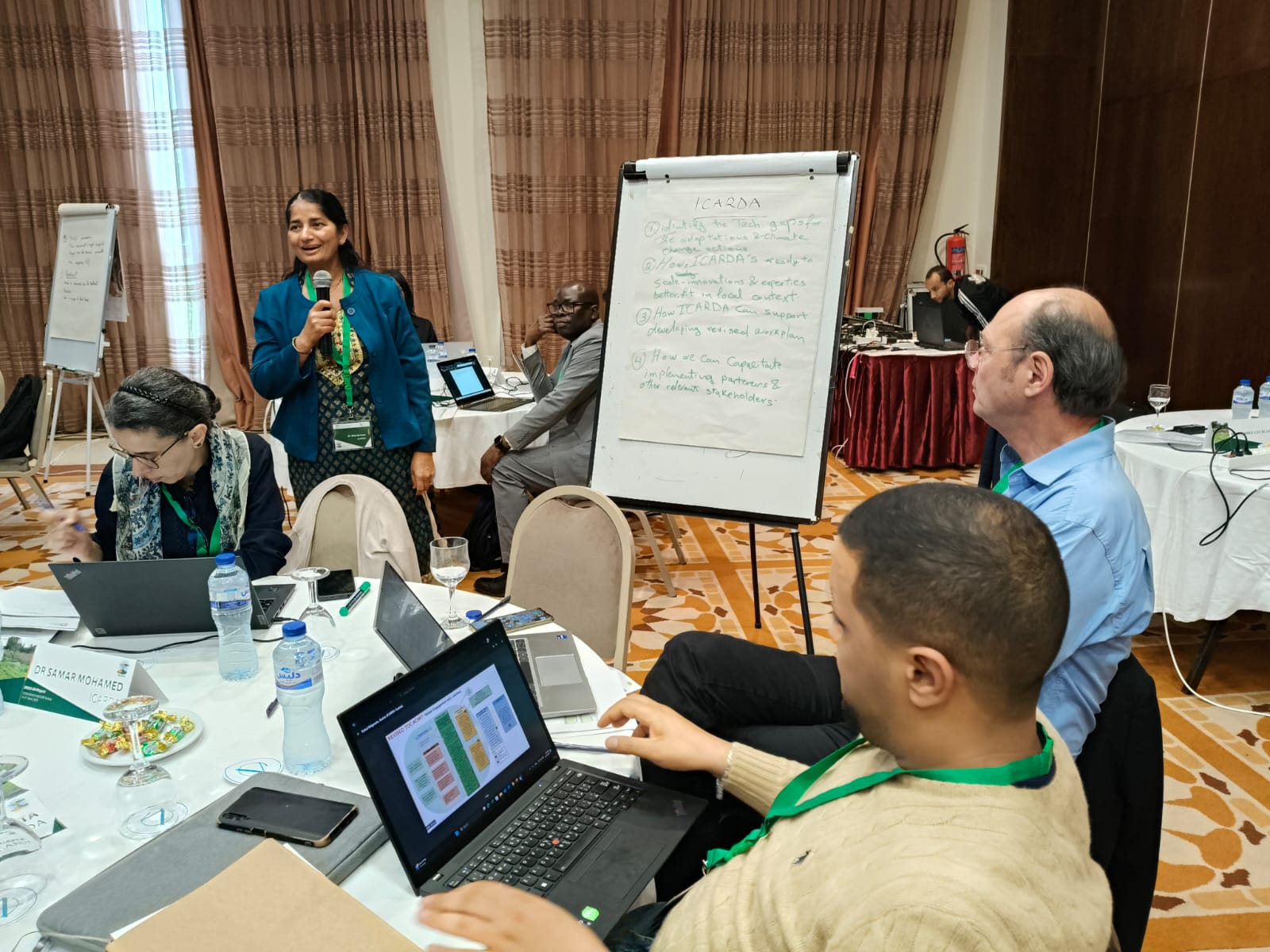
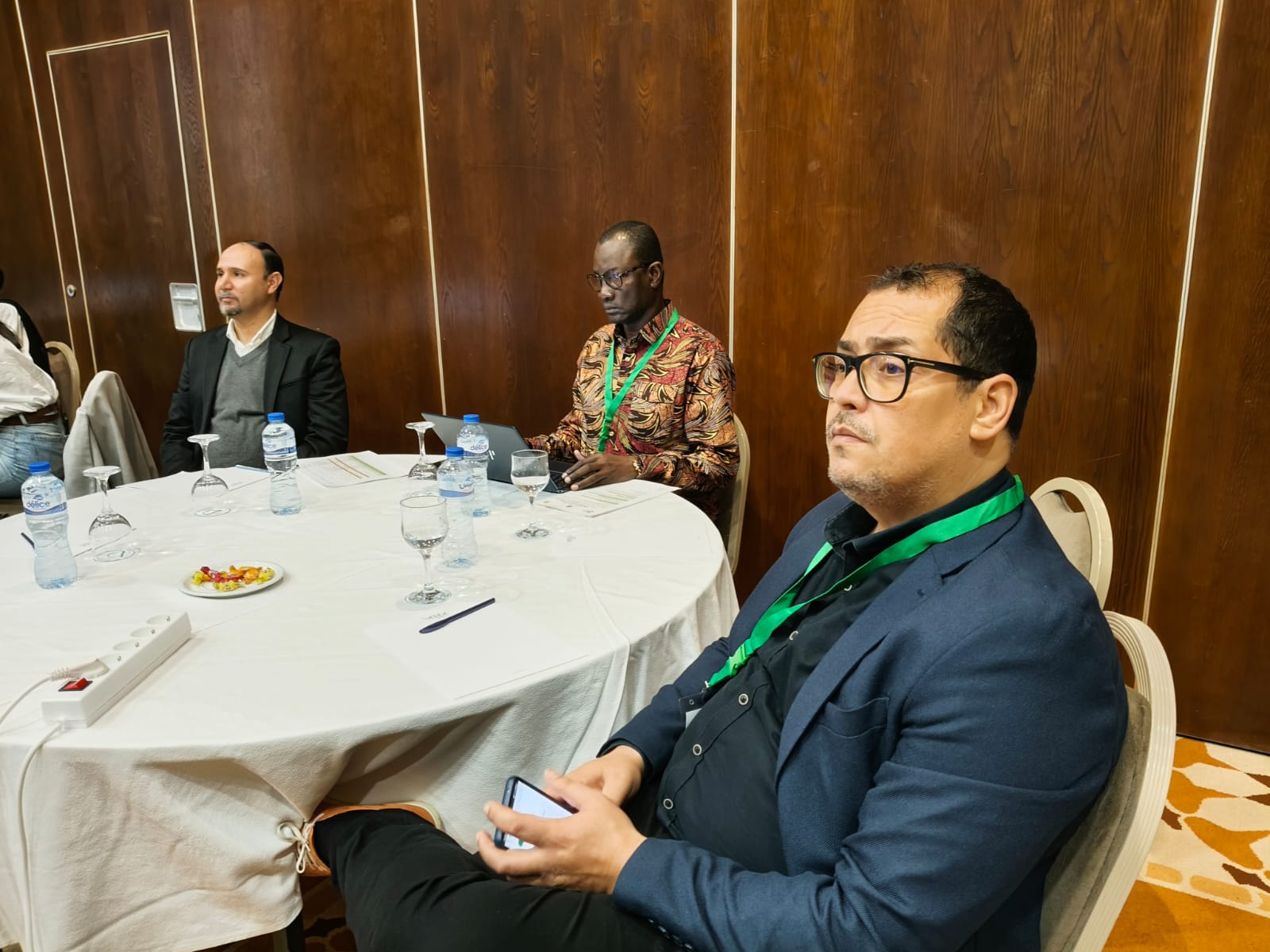
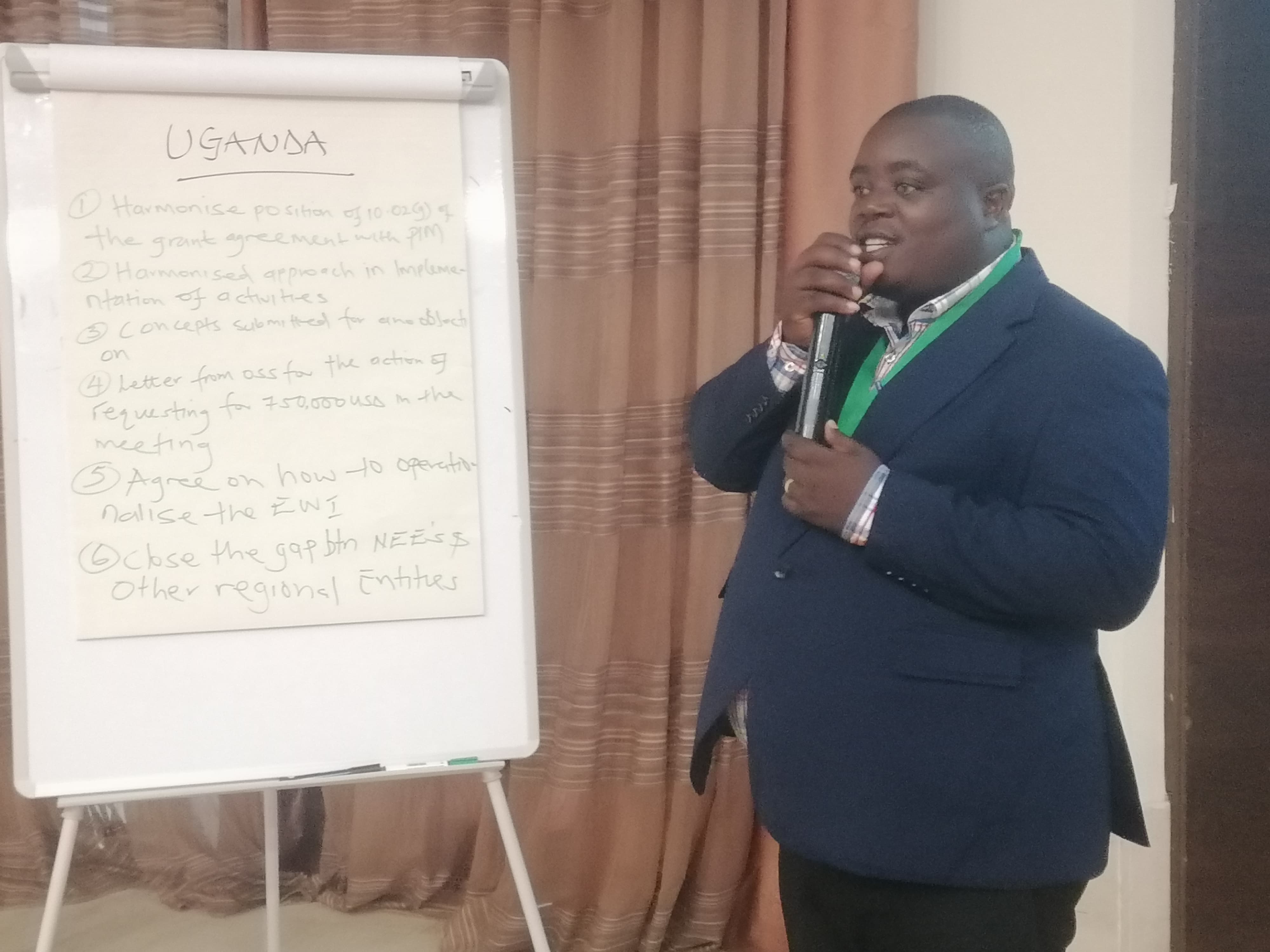
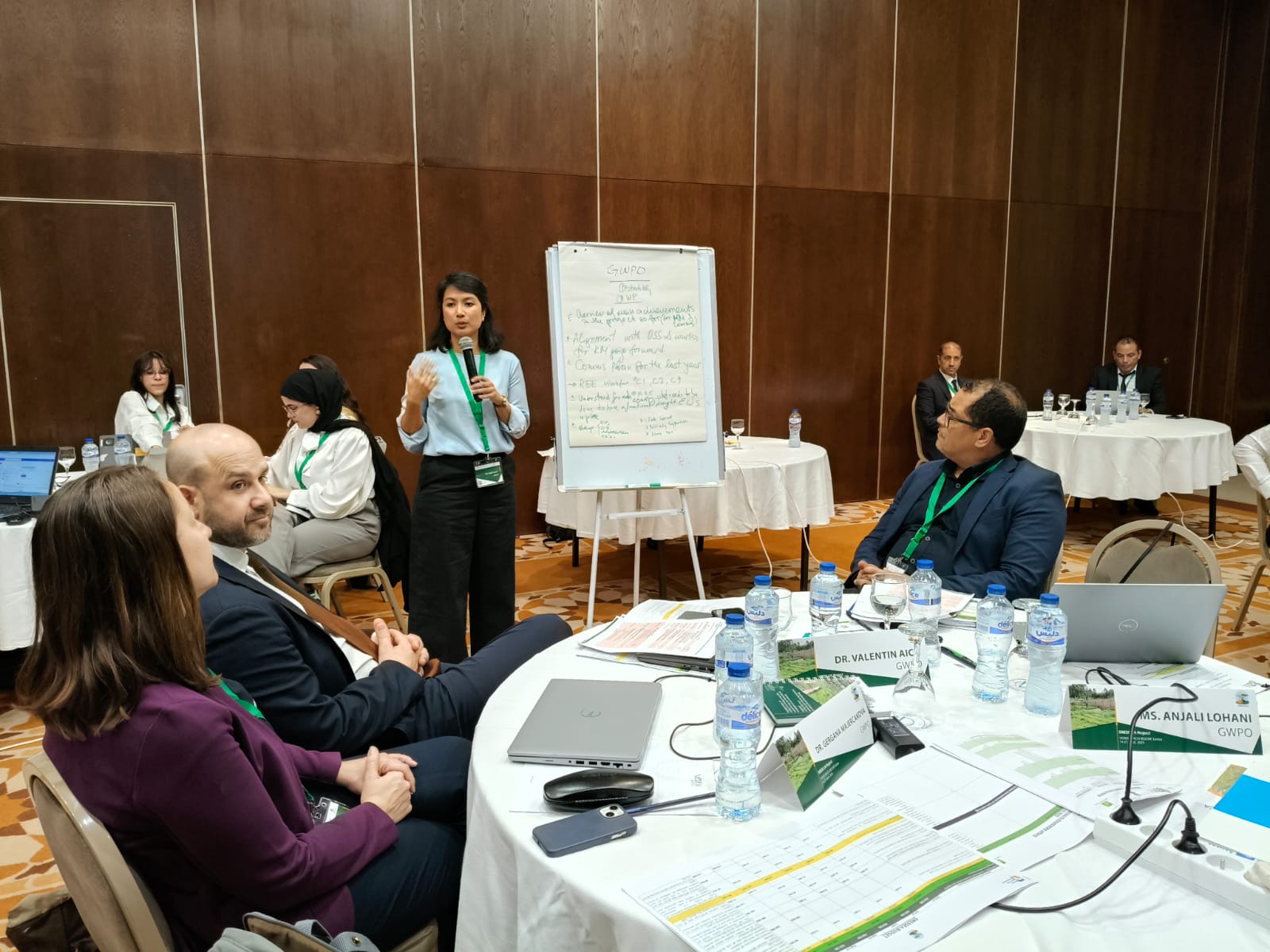
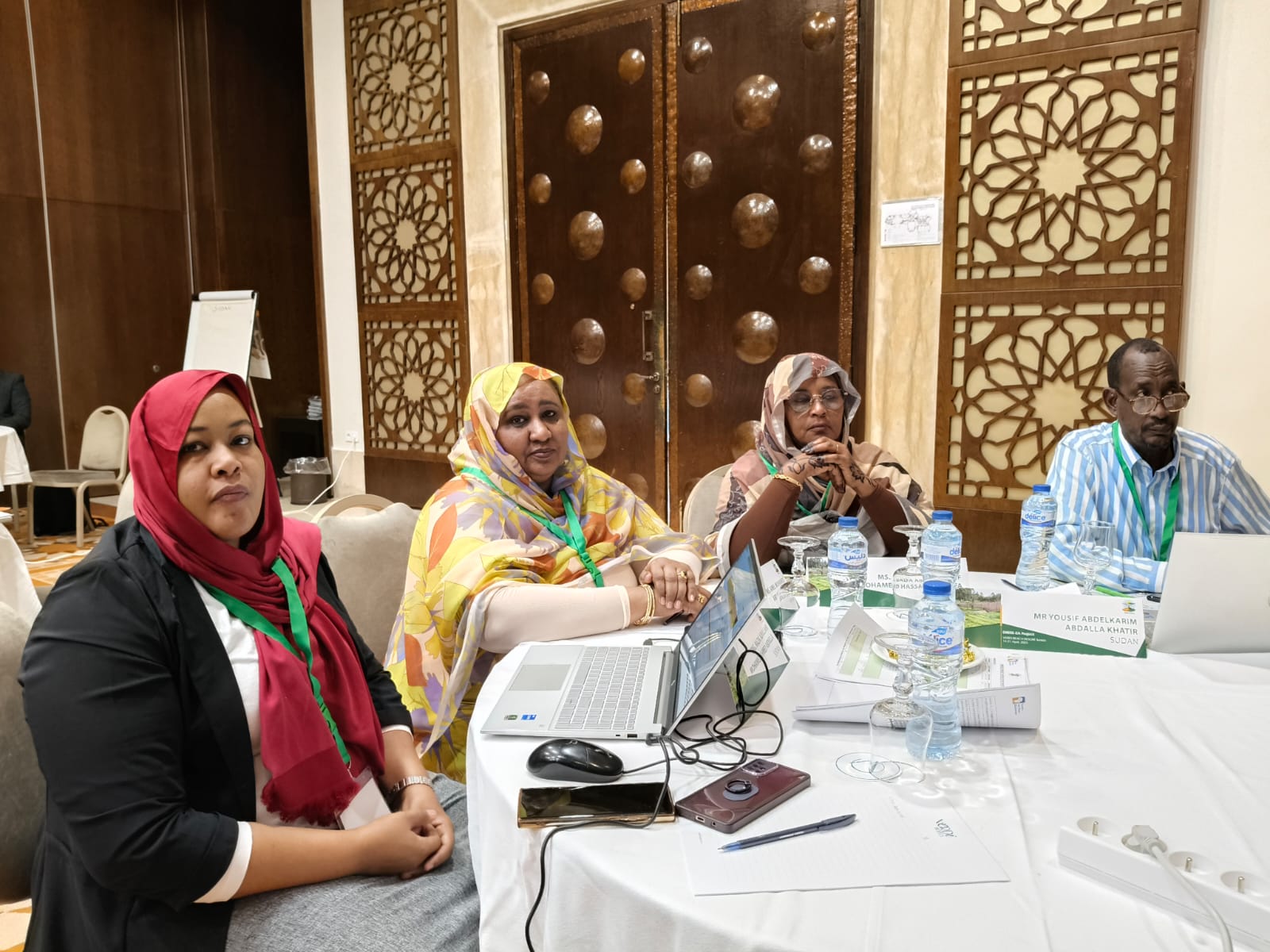

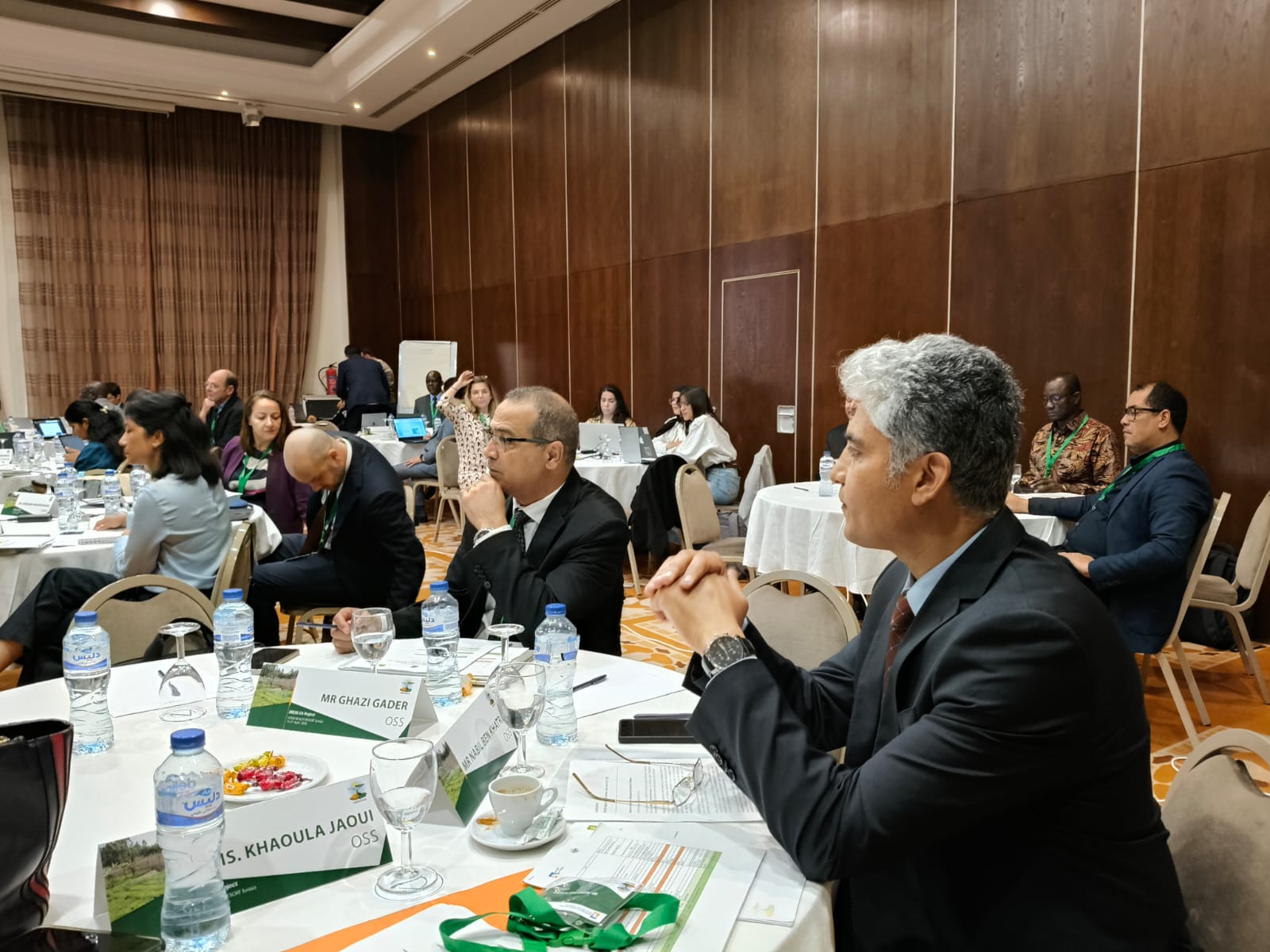
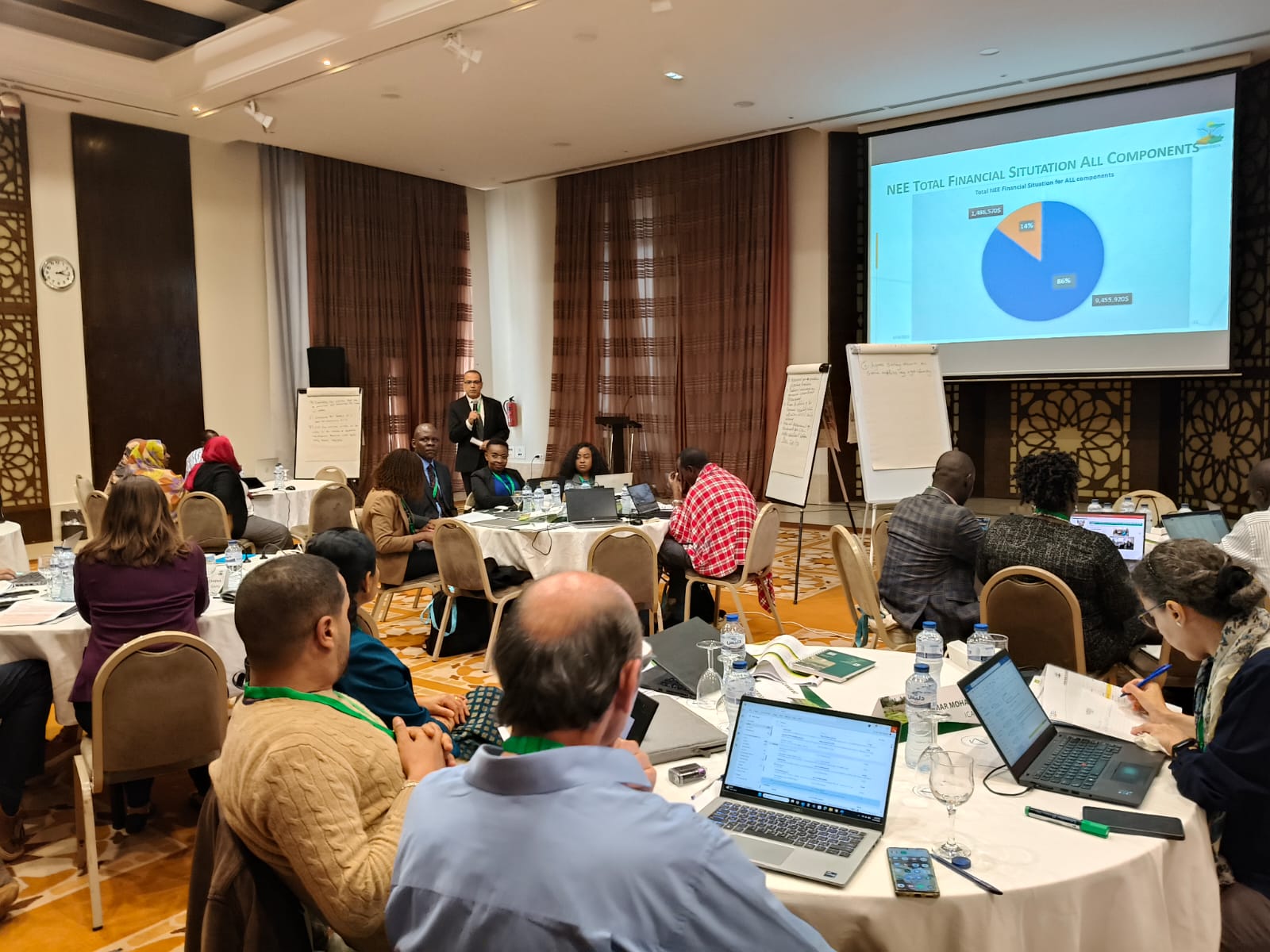
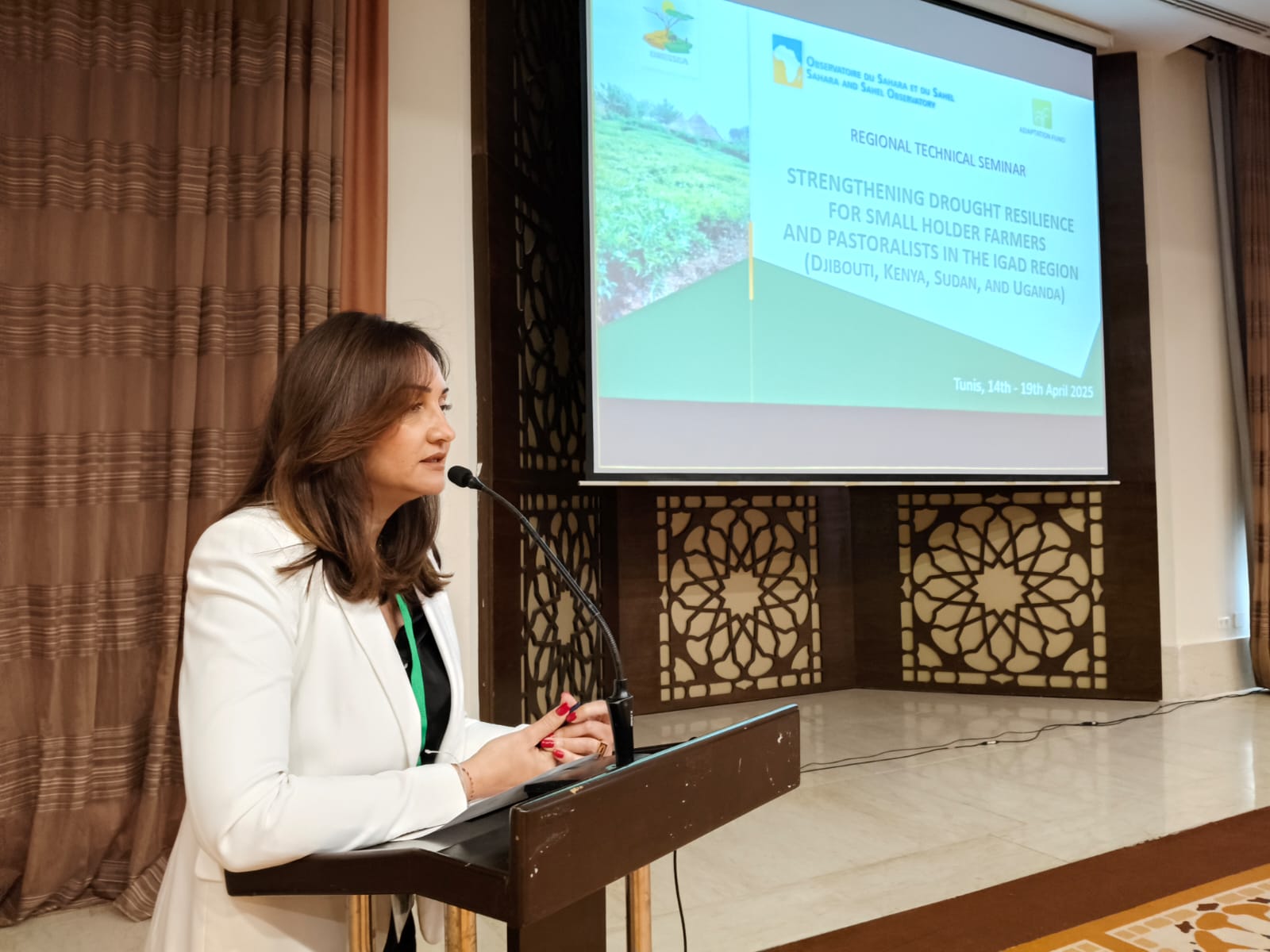
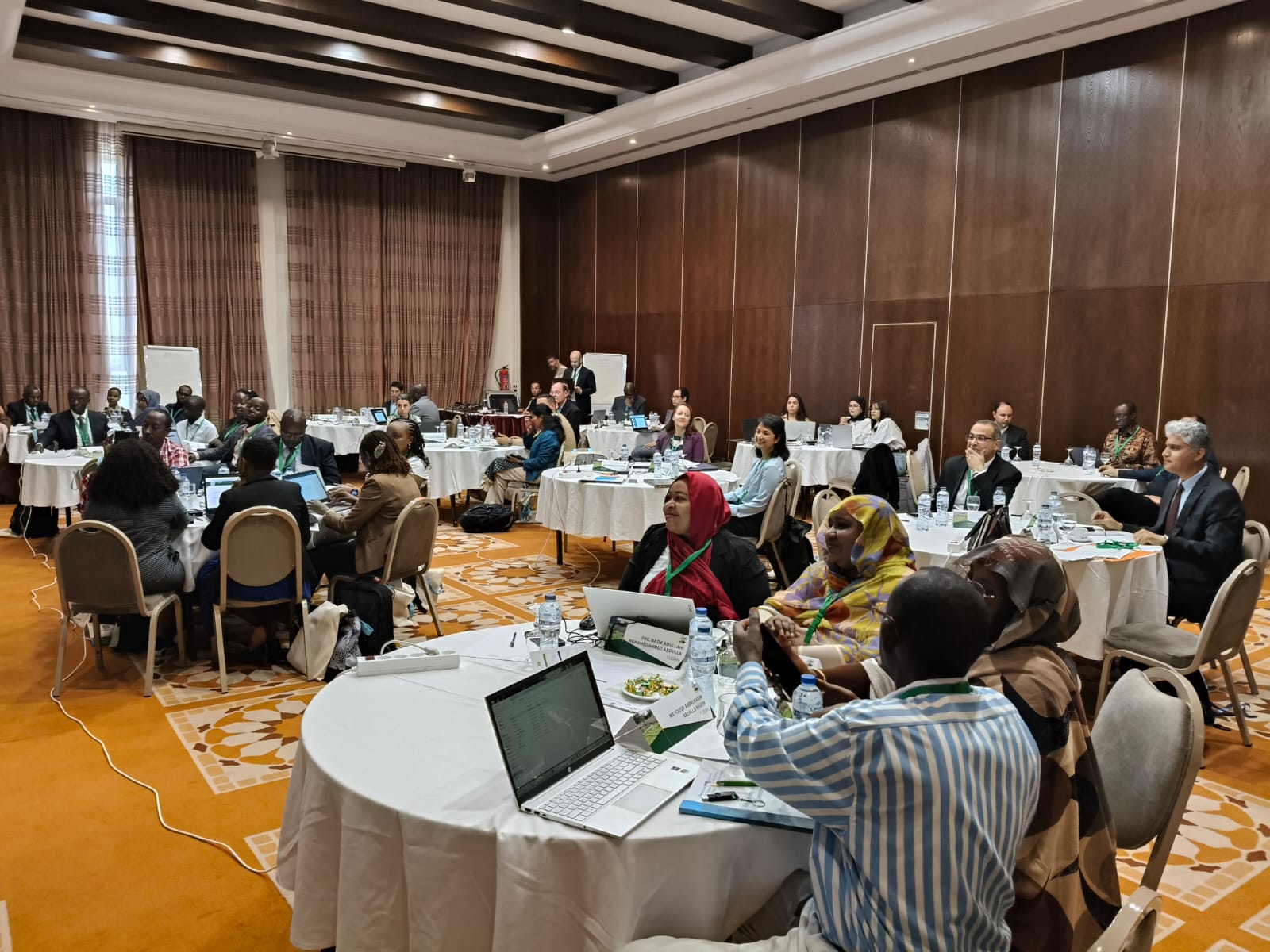
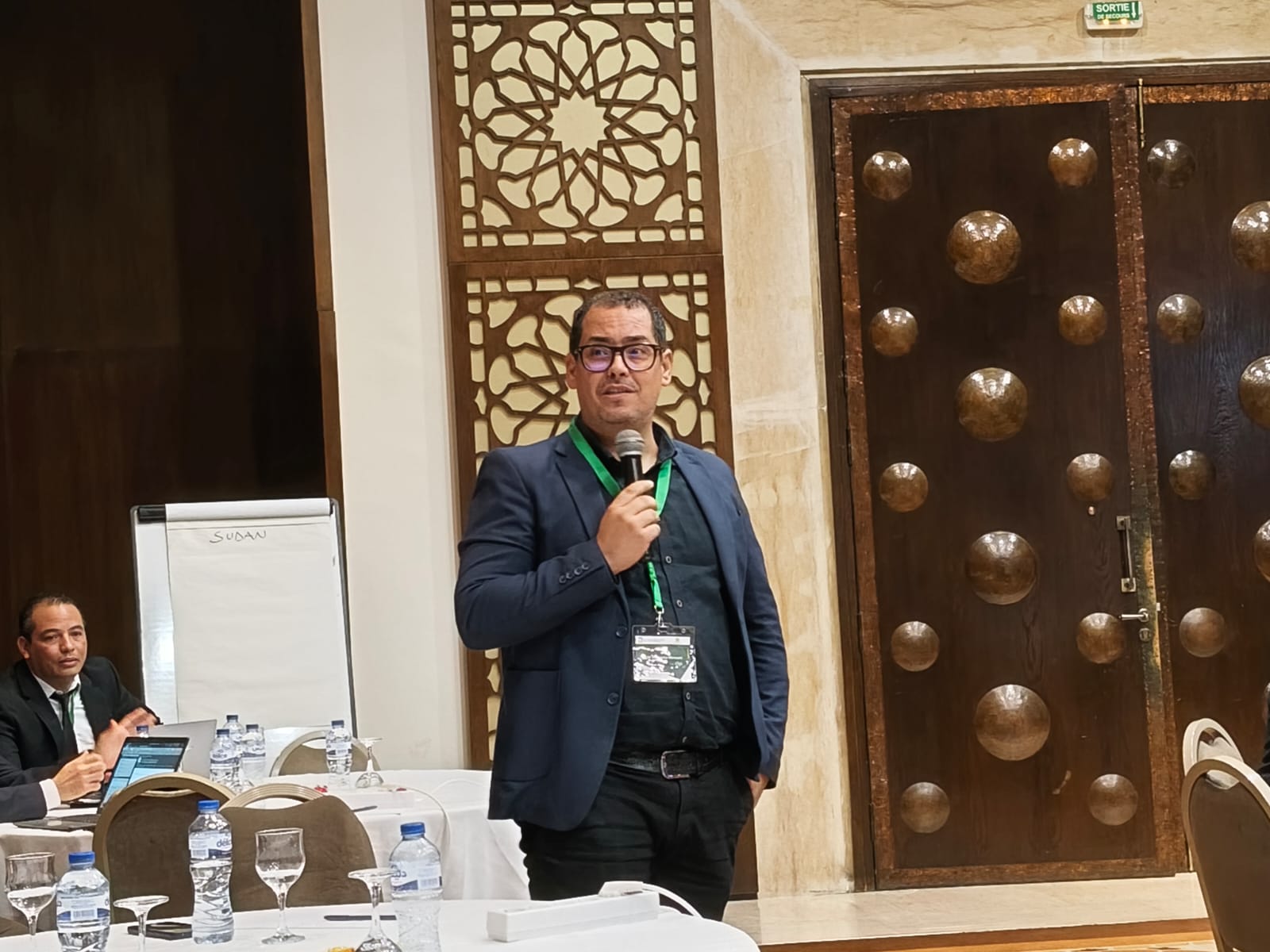

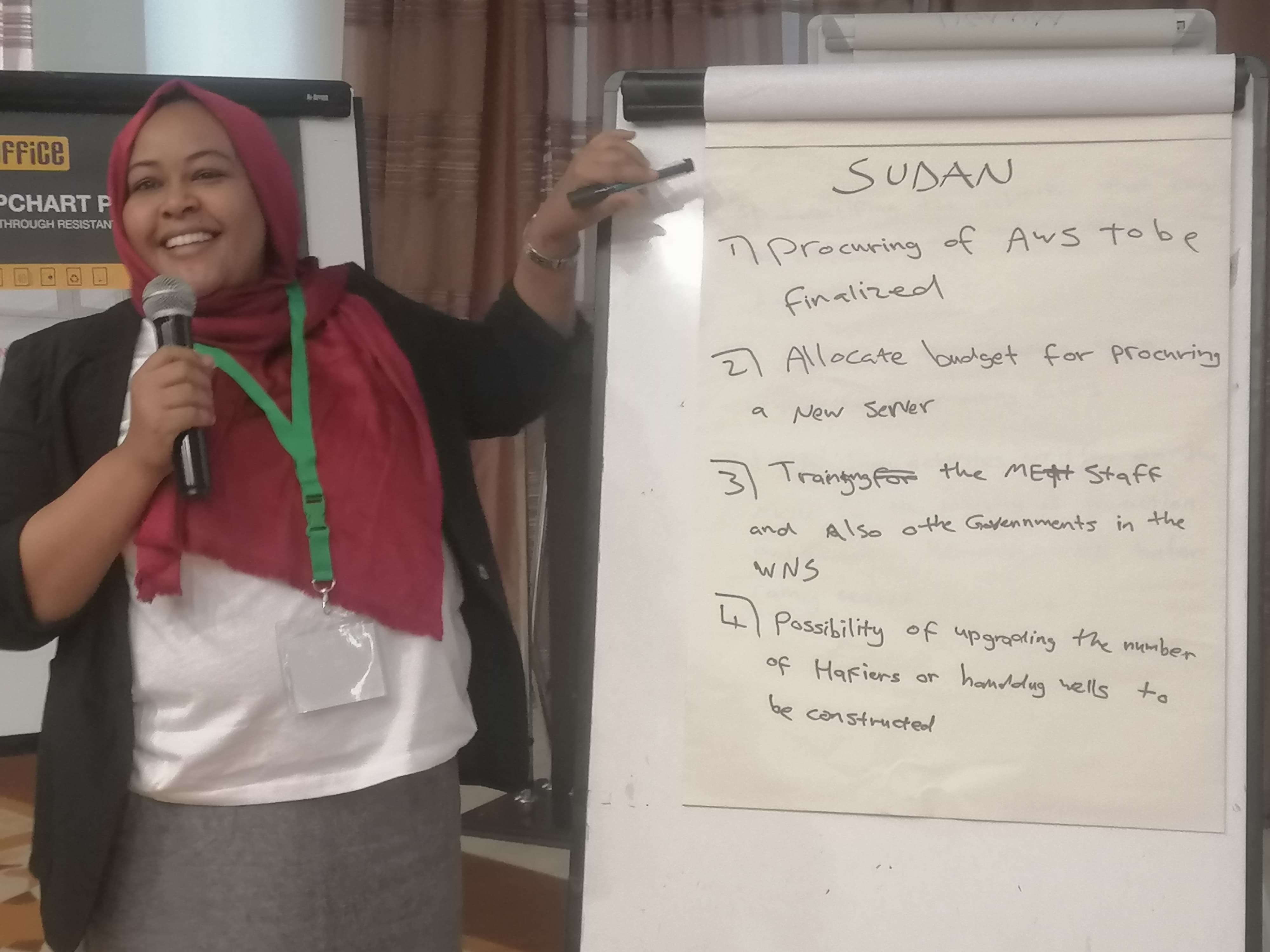
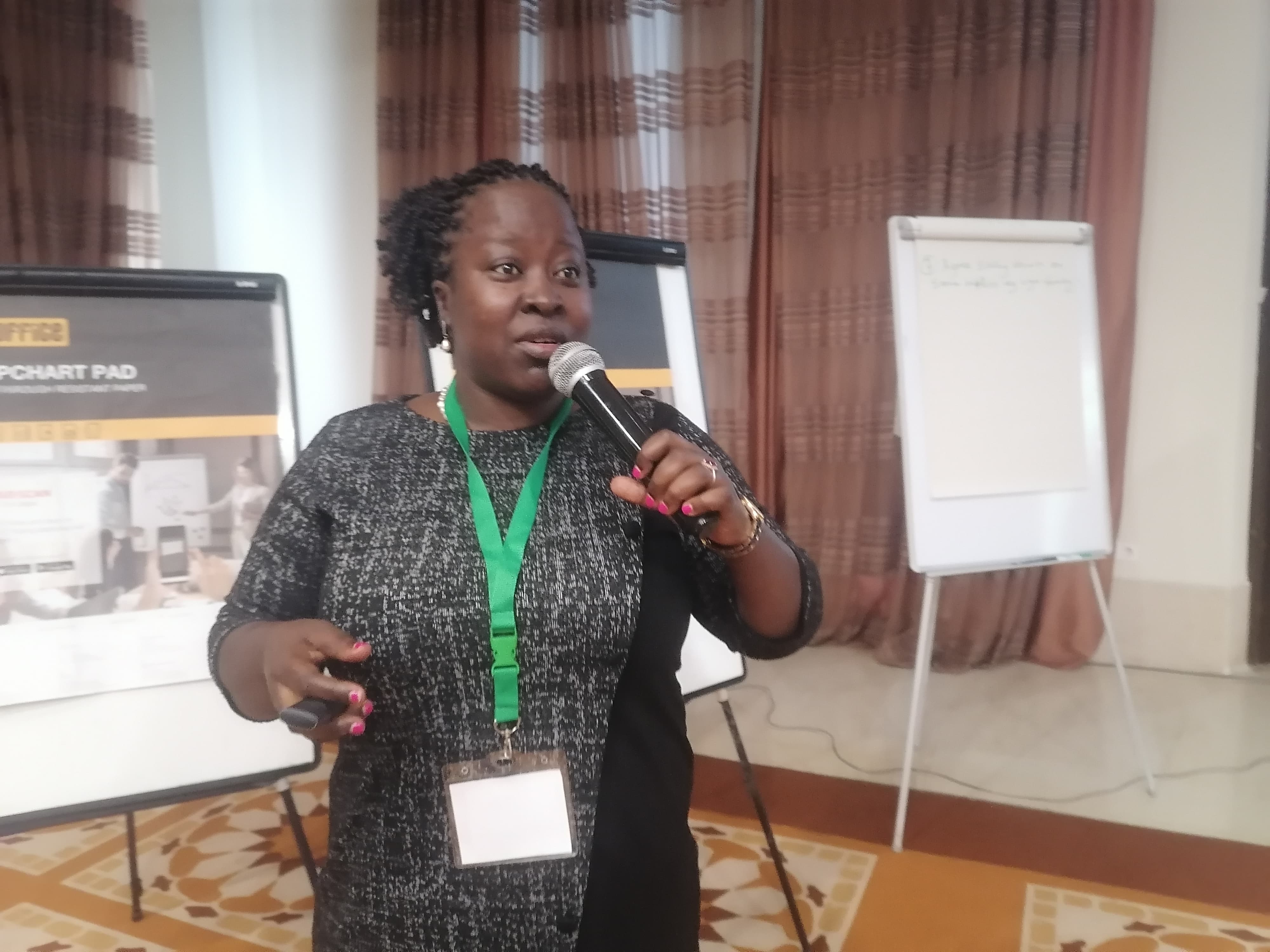

From April 14th to 19th, 2025, Tunis hosted the regional technical seminar of the DRESSEA project—“Strengthening Drought Resilience for Smallholder Farmers and Pastoralists in the IGAD Region.”
The seminar brought together national focal points, the Adaptation Fund Regional Implementing Entity - the Sahara and Sahel Observatory (OSS), the Regional Executing Entity - Global Water Partnership Organization (GWPO), and regional experts - the International Center for Agricultural Research in the Dry Areas (ICARDA).
This high-level gathering marked a strategic turning point for the project after 4 years stock take , revitalizing momentum from delays caused by the COVID-19 pandemic, security challenges in Sudan, and implementation bottlenecks at the national level. In his opening address, Mr. Nabil Ben Khatra, the OSS Executive Secretary, reaffirmed the central role of local communities in achieving climate resilience. He emphasized the seminar’s role as a platform for innovation, collaboration, and collective action, whether in strengthening early warning systems, scaling up resilient agricultural practices, or fostering inclusive economic development. Ms. Khaoula Jaoui, Director, Climate Department, highlighted the dedication of country teams and the importance of designing a realistic and ambitious roadmap that aligns with the needs of the field.
Over five days, the seminar spearheaded by Mr. Steve Muhanji, Division Head and Mr. Robert Onyango, Project Manager facilitated rich exchanges on strengthening the adaptive capacities of smallholder farmers and pastoralists across Djibouti, Kenya, Sudan, and Uganda. A central theme was the development of an inclusive and operational regional early warning system that can trigger timely local responses to drought and other climate-related hazards.
OSS presented an integrated multi-risk system prototype from the AdaptWAP project—covering droughts, floods, wildfires, and even human-wildlife conflicts—while GWPO reinforced the need for enhanced regional coordination and community ownership in both alert and water resource management.
Technical sessions explored climate-resilient land and water management strategies, merging local knowledge with scientifically proven techniques. ICARDA demonstrated approaches such as half-moons (Demi lunes), retention basins, and mulching, which assist in preserving soil moisture and ensuring crop productivity under prolonged drought conditions. These solutions were complemented by discussions on regenerative agriculture, drought-tolerant crop varieties, and sustainable agroforestry, culminating in ICARDA’s “Better Yield and More Profit” approach—an integrated method to boost both farmer incomes and ecological sustainability. Adaptation in pastoral systems received particular attention.
Discussions spotlighted resilient indigenous breeds, sustainable rangeland management, and adapted forage species. Djibouti presented its experience in conserving local livestock genetics, while Kenya showcased the Kalama Conservancy model, which links rangeland restoration with women’s empowerment and eco-tourism-led economic diversification. The seminar also delved into the project’s economic empowerment component, with a focus on income-generating activities for women and youth. Mechanisms such as tailored microcredit schemes, rural cooperatives, and the OSS Green Credit initiative demonstrated how financial inclusion can drive both economic empowerment and ecological transition.
Participants underscored the importance of robust monitoring systems, value chain development, and stronger partnerships with microfinance institutions to ensure sustainability and impact. In parallel, GWPO presented a communication and visibility plan designed to amplify the project’s reach, capture good practices, and facilitate knowledge sharing across countries and communities.
A highlight of the seminar was the field visit to a pilot silvopastoral restoration site in arid Tunisia. Participants observed how introducing climate-adapted forage species, such as Sulla (Hedysarum coronarium), can regenerate degraded rangelands, enhance soil fertility, and improve livestock feed. The initiative also demonstrated strong community engagement, especially the participation of rural women in sowing activities and the valorization of rangeland products. The visit offered a concrete example of the project’s objectives in action—integrating nature-based solutions, community inclusion, and local innovation to address drought and land degradation. Ultimately, the seminar provided a critical space for strategic reflection, operational alignment, and renewed commitment. It strengthened regional cohesion, galvanized technical and institutional synergies, and reaffirmed the shared ambition to build lasting drought resilience in the Horn of Africa.